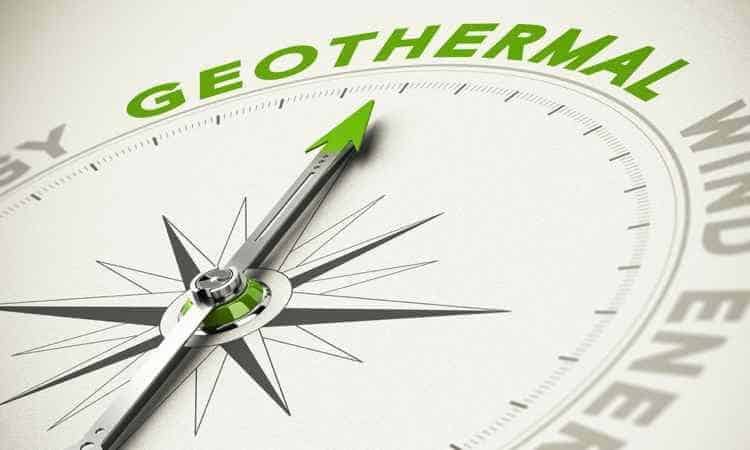Geothermal energy is generated by and stored in the earth through natural processes, making it a highly renewable and sustainable source of energy.
Throughout history, populations have settled near warm springs. Ancient Romans constructed baths across their empire, notably in the city of Bath in the United Kingdom. According to the U.S. Department of Energy, humans have been using geothermal energy in North America for at least 10,000 years as a source of warmth, cleansing, and healing.
Today, the U.N. Food and Agriculture Organization (FAO) notes that “the utilization of renewable energy such as geothermal sources is of importance in an increasingly resources-constrained world where agriculture must become more productive and sustainable.”
Iceland actively uses the geothermal energy generated by the island’s many active volcanoes to fuel agriculture. For example, organic vegetables are grown in greenhouses powered by geothermal energy; fish farming, fish drying, and salt production; and electricity production all make use of geothermal energy. According to President Olafur Ragnar Grimsson, 80 percent of Iceland’s total energy consumption is now sustainable, and he advocates for turning to renewable and natural energy sources. He reminds us, “We prefer to look for complicated high-tech solutions so we forget that simple ways can often be much better and more productive.”
Geothermal energy is less costly to operate than many other energy sources, and since no fossil fuels are needed, there are considerably less greenhouse gas emissions. For these reasons, it’s seen as a viable sustainable energy source in developing countries. According to Sri Mulyani Indrawati, the World Bank Managing Director, “Geothermal energy could be a triple win for developing countries: clean, reliable, locally-produced power. And once it is up and running, it is cheap and virtually endless”
Already, developing countries are incorporating geothermal energy into their development plans. In Kenya, scientists are collaborating with the U.N. University Geothermal Training Program (UNU-GTP), Iceland Geo Survey, and KenGen (Kenya’s main electricity provider) to tap the vast energy resource lying below the East African Rift Valley. This project has the potential to provide energy to over 14 geothermal sites and could bring electricity to the homes of millions of Kenyans. The Kenyan government has even formed the Geothermal Development Company (GDC) to draw geothermal energy from springs located within its Lake Bogoria National Park. This energy will make food production processes such as heating greenhouses and dehydrating foods more sustainable and less costly.















